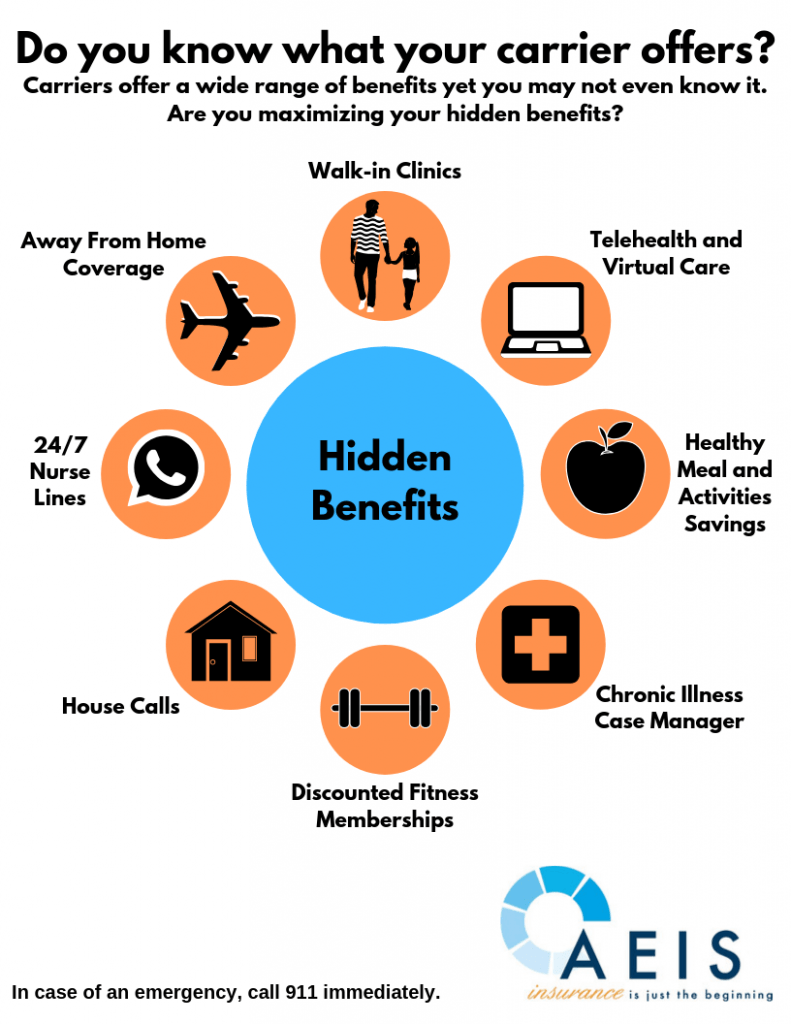The smart Trick of Medicare Advantage Agent That Nobody is Discussing
Table of ContentsWhat Does Medicare Advantage Agent Mean?Facts About Medicare Advantage Agent UncoveredExcitement About Medicare Advantage Agent

follows from adheres to the relatively young reasonably profile of account uninsured with without insurance better healthMuch better on average, standard younger persons. For those without access to office health and wellness insurance, poor health is a prospective barrier to purchasing nongroup insurance coverage since such coverage might be extremely valued, omit pre-existing conditions, or be just not available. Unless otherwise noted, nationwide estimates of people without wellness insurance and proportions of the populace with different kinds of coverage are based on the CPS, the most widely used resource of price quotes of insurance protection and uninsurance prices.

The Best Strategy To Use For Medicare Advantage Agent
The partnership between wellness insurance coverage and access to care is well developed, as documented later in this phase. The partnership between health insurance policy and wellness outcomes is neither direct nor simple, a comprehensive medical and wellness services research literature links health insurance protection
to improved access to care, better much betterTop quality and improved boosted individual population populace health and wellnessCondition The second report, on individual health and wellness end results for without insurance grownups, is stood for by the innermost circle of the figure, while the 3rd record, on family well-being, incorporates the topics of the second record yet stresses a various system of analysis, namely, the family.
Furthermore, it concentrates specifically on those with no health and wellness insurance coverage for any size of time. The troubles encountered by the underinsured remain in some respects comparable to those dealt with by the without insurance, although they are typically much less extreme. Uninsurance and underinsurance, however, include definitely different policy issues, and the approaches for addressing them might differ. Throughout this research study and the 5 records to adhere to, the main focus is on individuals without any medical insurance and thus no help in paying for health and wellness care past what is offered with charity and safeguard institutions. Medical insurance is an effective factor affecting receipt of treatment since both patients and doctors respond to the out-of-pocket cost of services. Medical insurance, nonetheless, is neither needed nor adequate to acquire accessibility to clinical solutions. Nevertheless, the independent and straight result of health
insurance policy coverage on access to wellness services is well established. Others will obtain the healthcare they require also without health and wellness insurance policy, by spending for it out of pocket or seeking it from providers who provide treatment complimentary or at extremely subsidized prices. For still others, medical insurance alone does not make certain receipt of treatment due to other nonfinancial barriers, pop over to these guys such as a lack of health and wellness care service providers in their area, minimal accessibility to transport, illiteracy, or etymological and cultural distinctions. Official research study regarding without insurance populations in the USA dates to the late 1920s and early 1930s when the Board on the Expense of Treatment created a series of records regarding financing medical professional workplace brows through and hospitalizations. This problem ended up being prominent as the numbers of clinically indigent climbed throughout the Great Depression. Empirical research studies regularly sustain the link between access to care and improved health and wellness end results(Bindman et al., 1995; Starfield, 1995 ). Having a normal resource of treatment can be taken into consideration a predictor of access, instead of a direct step of it, when health end results are themselves utilized as access signs. This extension of the idea of gain access to measurement was made by the IOM Committee on Keeping An Eye On This Site Accessibility to Personal Healthcare Services(Millman, 1993, p. Whether parents are guaranteed shows up to influence whether or not their children obtain care in addition to how much careeven if the children themselves have protection(Hanson, 1998). The health of moms and dads can impact their ability to take care of their children and the degree of family members stress. Fretting about their youngsters's accessibility to care is itself a source of stress for moms and dads. 3 phases adhere to in this report. Phase 2 gives an introduction of exactly how employment-based health and wellness insurance, public programs and private insurance coverage operate and engage to supply extensive but incomplete insurance coverage of the united state populace. This consists of a testimonial of historic fads and public laws influencing both public and private insurance policy, a conversation of the interactions amongst the different kinds of insurance coverage, and an evaluation of why individuals relocate from one program to one more or end up
